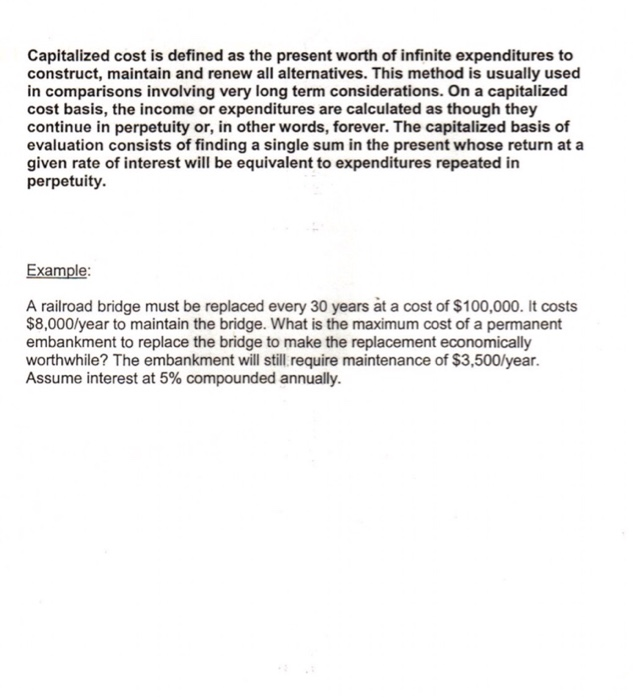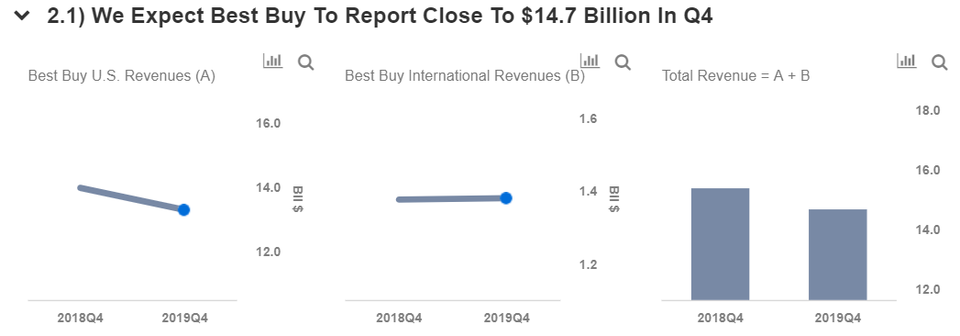Content

I try to put that list together before I leave my desk for the day so that I can get right to work in the morning. The capturing of info is key to my ability to plan and manage my life.
- By revolving around objectives, that is, the “results” that the organisation wants to achieve, PBB helps build a result-oriented culture.
- A Harvard Business Review survey revealed that 75 percent of organizations need to plan more frequently, and 85 percent responded that they need to plan faster.
- ” With the right model in place, you’ll have the flexibility to run scenarios and examine assumptions so you can answer these questions with confidence.
- “My focus is on ensuring our highly professional finance specialists can be true business enablers and support accurate decision-making and resources planning in the hotels we operate,” said Colin Lubbe, Chief Financial Officer.
- You can use business rules to distribute values from parent members to their descendants.
The benefits outweigh the cost of a PM system for this particular scenario. To summarize, planning also helps you achieve your tasks, projects, goals, and objectives more effectively, with less wasted time, and with less frustration. IBP makes planning and operations Top-down and Bottom-up planning as an important aspect in EPM much more transparent, so it’s ideal for companies moving to “just in time” manufacturing. It’s also predictive, once a company builds up some data. Upinor focused first on its supply chain and implemented S&OP processes, then advanced to IBP the following year.
Things to Look for in a Financial Planning Solution
If the problem recurs, the company can seek out new suppliers. The term “IBP” was coined by management consultancy Oliver Wight to describe the next iteration of the sales and operations planning (S&OP) process Wight developed in the early 1980s. The integration of finance into product, demand and supply functions is key here, as are selecting the right KPIs. Organizationwide, divisions need to focus less on their own needs and view actions through the lens of all goals. That means the company needs to collect a lot of timely data and use it to issue reports so managers can make better decisions, more quickly.

More importantly, a BSO cube, OEP_QTP has been created during the configuration process. After about 1-2 minute, we notice the basic quota planning framework is ready to use. As we create other EPM application, we set up the basic settings.
With Oracle Planning and Budgeting Cloud – Makes your business easier, effective, dynamic, strategic plan
Key Performance Indicators that are strongly linked to corporate goals. Once determined, they should be clearly communicated throughout the organisation. Cause-and-effect linkages with corporate goals and objectives.
- When data is accessible through self-service financial forecasting tools, people will be more likely to adopt a proactive approach to gathering critical finance data, and they’ll come to embrace your plan as their own.
- Forecasting refers to a financial function whereby recent performance data and subjective analysis are translated into projected outcomes.
- KeyedIn Solutions seeks to transform how Project Management Office teams work with its cloud-based project portfolio management solution.
- Top-down and bottom-up planning techniques each have their own advantages and disadvantages.
With access to meaningful data, finance can propel the business and ensure it stays competitive in 2020 and beyond. We couple our deep industry knowledge with expertise in digital https://online-accounting.net/ solutions and analytics to create meaningful outcomes for clients. With Infor d/EPM, Kempinski can now seamlessly integrate hotel data into worldwide and regional hotel reporting.
Zero-based budgeting (ZBB)
This creates a misalignment between corporate strategy and that of individual business units, consuming a lot of time and effort to consolidate the multiple inputs into accurate statements. Leveraging tools that facilitate real-time scenario modeling can help optimize inter-company cash distributions and provide higher transparency and visibility. Many leading solutions offer multiple easy-to-use integration options to incorporate external data as well as native drill-down capabilities that can highlight income statement drivers and outliers. The ability of top-down target setting aligns business units with corporate strategy.
- One way to jump-start the transformation might be a modern form of zero-based budgeting.
- Bottom-up planning takes the microeconomics of each section of the company into consideration.
- The pros of this approach include each department having a good understanding of their budget target because they know how their actuals are trending for the year.
- The top-down and bottom-up approaches aren’t the only approaches to budgeting, but they are among the most common.
- Here is another interesting metric from the January 2015 Aberdeen report.
Strategic portfolio management software is designed to help organizations make decisions about the allocation of resources and to identify potential investments based on strategic objectives. This type of software can integrate with a variety of other types of software, including financial planning software, project management software, data visualization tools, and analytics packages. Financial planning software helps organizations track budgeting and finances, while project management and data visualization tools help teams stay organized and provide insights into resource usage. Analytics packages allow for greater analysis of the data used in strategic portfolio management. In addition, many organizations opt to integrate their portfolio management software with CRM systems in order to keep track of customer interactions and preferences. The income statement , the balance sheet and cash flow statements are the pillars of both internal and external performance reporting.
